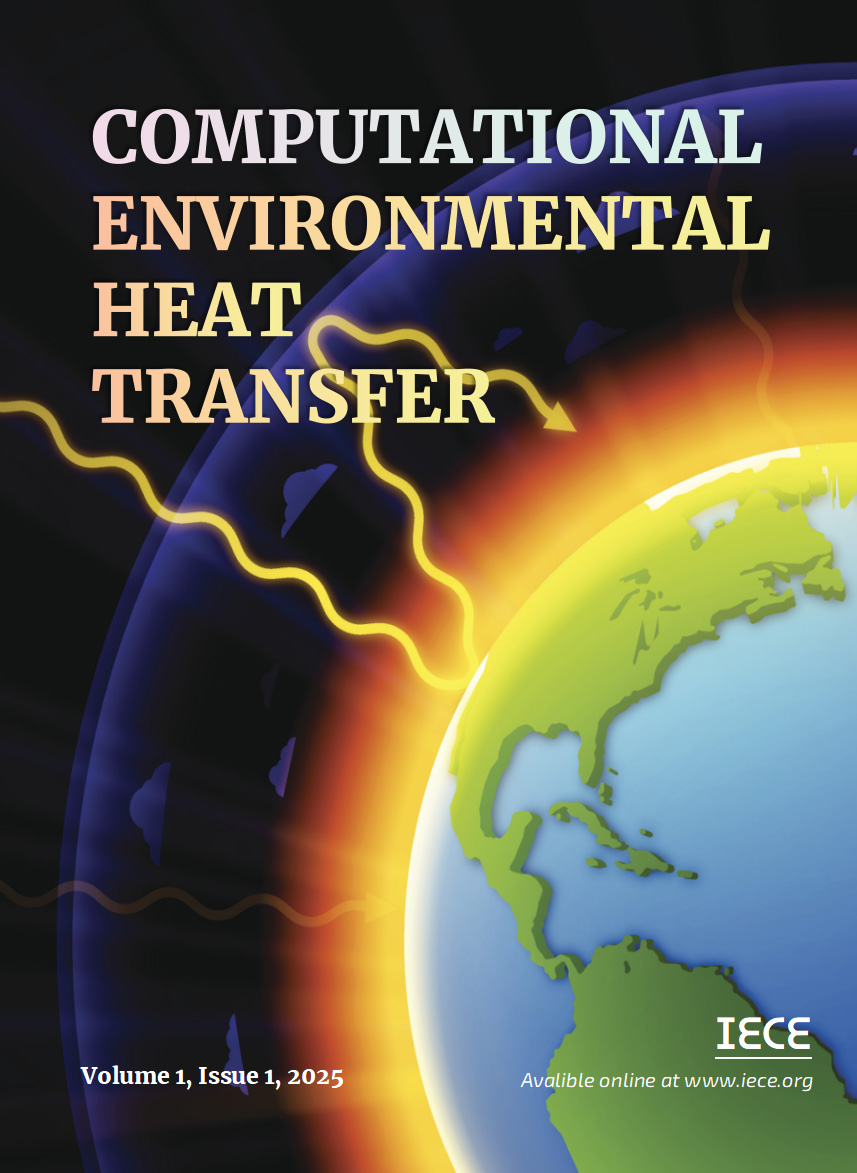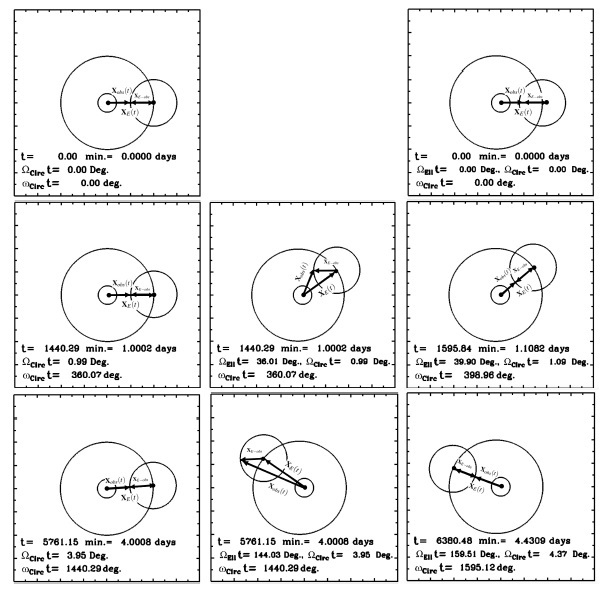Abstract
In our previous companion papers “On the elliptical orbit of the Earth and the position of the Sun in the sky: an engineering approach,” and “Calculation of solar trajectory in the sky and the solar analemma as observed from the earth,” published in The NUCLEUS, we presented the computational methodology for solar trajectory in the sky and solar analemmas (as observed from the earth surface) for New York city. In this paper, the methodology has been further elaborated and the results for solar position, as observed from earth, in the holy city of Mecca, Islamabad and Mexico city, have been presented. Orbital trajectory of the real earth, and that of an imaginary earth, as assumed in simple (clock time) calculations, are explained. This information is important for calculation of atmospheric temperatures and green energy applications. The position vector of an observer that rotates with the earth has been employed for observing the solar position at certain time of the day. A Cartesian coordinate system, whose origin is located at the center of the earth and subsequently transformed to a new system that rotates with the earth, has been used. The solar elevation angle and the solar azimuth angle are obtained by performing further transformations of the coordinate system. This later transformation was elaborated in the companion papers, mentioned above. The results obtained during this work depict several interesting features of the analemmas derived from solar position calculations for the whole year, and its dependence on the coordinates (latitude and longitude) of the observer on earth. It was evident from the results that the shapes of analemmas are quite similar for all locations. However, the abscissa and ordinates values vary significantly, corresponding to the latitude and longitude of the observer on earth.
Data Availability Statement
Data will be made available on request.
Funding
This work was supported without any funding.
Conflicts of Interest
The authors declare no conflicts of interest.
Ethical Approval and Consent to Participate
Not applicable.
Cite This Article
APA Style
Avila, R., & Syed, S. R. (2025). Calculation of Solar Position As Observed from Earth for Some Selected Cities in the Northern Hemisphere. Computational Environmental Heat Transfer, 1(1), 19–26. https://doi.org/10.62762/CEHT.2025.325632
Publisher's Note
IECE stays neutral with regard to jurisdictional claims in published maps and institutional affiliations.
Rights and permissions

Copyright © 2025 by the Author(s). Published by Institute of Emerging and Computer Engineers. This article is an open access article distributed under the terms and conditions of the Creative Commons Attribution (CC BY) license (
https://creativecommons.org/licenses/by/4.0/), which permits use, sharing, adaptation, distribution and reproduction in any medium or format, as long as you give appropriate credit to the original author(s) and the source, provide a link to the Creative Commons licence, and indicate if changes were made.


 Submit Manuscript
Edit a Special Issue
Submit Manuscript
Edit a Special Issue

 Copyright © 2025 by the Author(s). Published by Institute of Emerging and Computer Engineers. This article is an open access article distributed under the terms and conditions of the Creative Commons Attribution (CC BY) license (https://creativecommons.org/licenses/by/4.0/), which permits use, sharing, adaptation, distribution and reproduction in any medium or format, as long as you give appropriate credit to the original author(s) and the source, provide a link to the Creative Commons licence, and indicate if changes were made.
Copyright © 2025 by the Author(s). Published by Institute of Emerging and Computer Engineers. This article is an open access article distributed under the terms and conditions of the Creative Commons Attribution (CC BY) license (https://creativecommons.org/licenses/by/4.0/), which permits use, sharing, adaptation, distribution and reproduction in any medium or format, as long as you give appropriate credit to the original author(s) and the source, provide a link to the Creative Commons licence, and indicate if changes were made. 